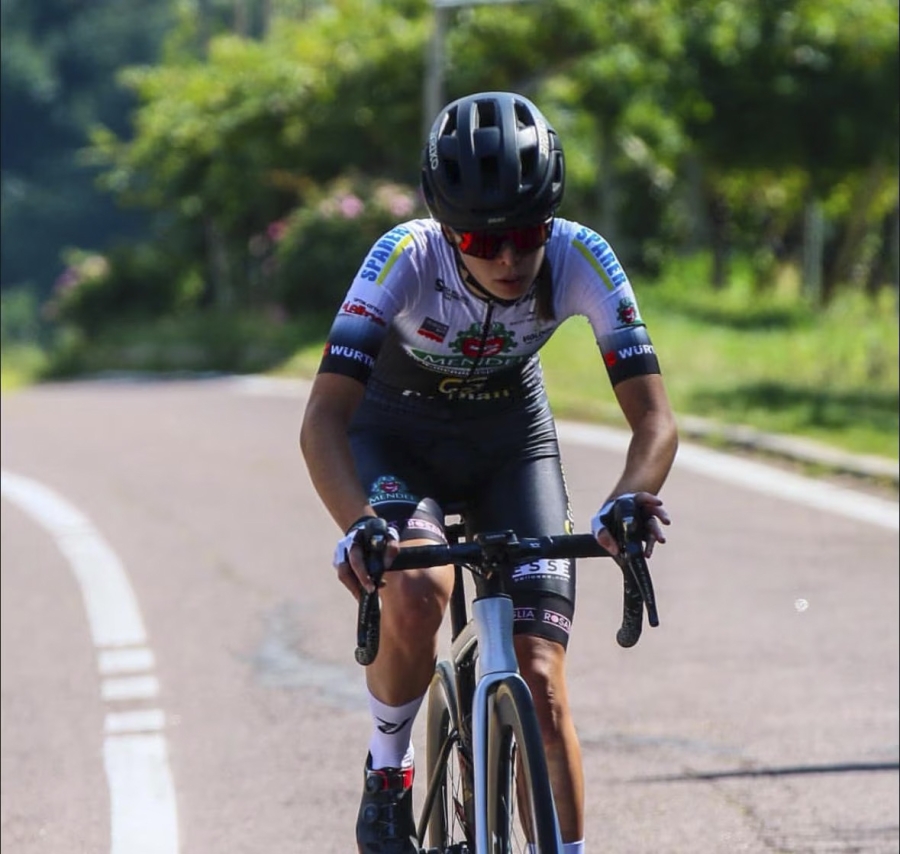She is the 425th victim in the last two years: a massacre for cyclists.
by Matteo Contessa
She was born in a land of cyclists, Sara Piffer, the young Trentine two-wheeler promise who was run over and killed by a car on Friday on the Rotaliana internal road connecting Mezzocorona and Mezzolombardo. She was born in Palù di Giovo, the village of Francesco Moser, to name but one. And in that land of cyclists she left forever. Soon. Too soon. Because at 19, whatever the cause, it is still too early to die. She was a competitor, Sara, and was training with her brother. She had started her career with Velo Sport Mezzocorona and had distinguished herself with a second place in the Madison in 2021. With the Mendelspeck Ge-Man, she had won last year in Corridonia, Marche, and had finished second in the Trentino time trial in Verla/Maso Roncador.
The motorist who hit her, a 70-year-old gentleman, explained that he was overtaking, but was dazzled by the sun and did not see the two boys coming in the opposite direction. He thought he was giving himself an extenuating circumstance with this explanation. Instead, he threw an aggravating circumstance at himself: on that stretch of road the carriageway is not wide and overtaking another car was already a borderline manoeuvre. If there was also the sun glaring down, making it impossible to see whether someone was coming in the opposite direction, then one had to wait until one had a full and clear view before initiating the manoeuvre.
Sara Piffer is not the number 9 cyclist in 2025 to lose her life. No, Sara is number 425 in the last 24 months. A carnage. Which didn't actually start at the beginning of 2023, it has been going on for a long time before that if we think that Michele Scarponi, along with Davide Rebellin undoubtedly the most illustrious victim on this list, was mowed down while training near his home in the Marche region in April 2017. Many cyclists are run over just like Sara Piffer, because they are unobtrusive figures in the roadway and ride at the edge of it. Those behind the wheel always think they have enough space to pass anyway. Instead, the space is often not there and those who are less stable always pay the consequences. And these are almost always competitive cyclists, because they are the ones who need long, evenly surfaced roads to train. They therefore ride on arterial roads frequented by mixed traffic. Cycle tourists, on the other hand, use the increasingly extensive and widespread network of cycle paths closed to motor vehicles for their outings
In both cases, those who ride on two wheels must observe very strict safety rules: helmet compulsory, front and rear lights always on, riding in single file and as close to the edge of the road as possible, fluorescent clothing and reflectors at various points on the bike to be visible from a distance even in poor visibility. But this is often not enough. The Italian Highway Code, already in its version prior to the current one, stipulated that there must be a distance of one and a half metres between the motor vehicle and the bicycle when overtaking. But almost never is this distance respected. Then there are accidents, injuries and deaths.
Something must be done to stop this carnage. But it is no longer just a question of written rules. It is a cultural issue, because the cyclist on the road cannot be considered the child of a lesser god by motorists. Everyone must do their part. And Panathlon International, which has numerous cyclist groups in different parts of the world, is certainly not backing down. Memoranda of understanding, even at national level, are important to make cycling safer. But they alone are not enough if a different culture is not promoted among those who use the roads by different means.
More is also needed. A very good idea has been making the rounds for some time now, and it was while commenting on Sara Piffer's death that Gazzetta dello Sport journalist Luca Gialanella gave it a strong voice: we need to start with driving school courses, including the study of the rules of engagement between motor vehicles and bicycles in the textbooks preparing for the licence and above all in the compulsory practical driving training for those who want to take it. This would be the right start to educating new generations of drivers to think of the roads as a place where four and two wheels can coexist.
In the meantime, Panathlon International's thoughts go out to those left behind: to her family members and in particular to Sara's brother who used to ride with her and will no longer be able to ride a bicycle. The pain is heartbreaking. And all of us cannot just be spectators to this carnage. In Italy and outside Italy.
(Translated with DeepL.com)





